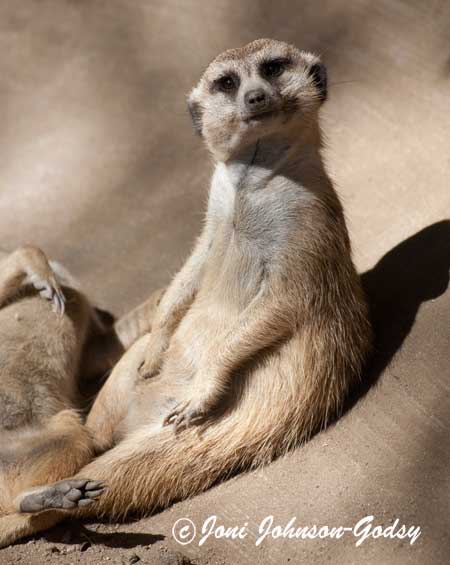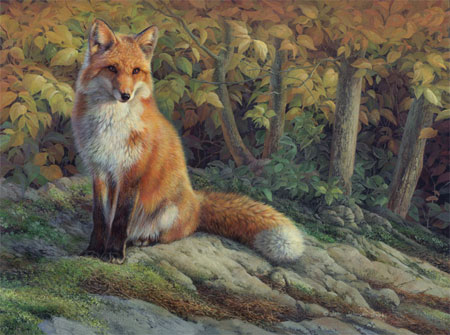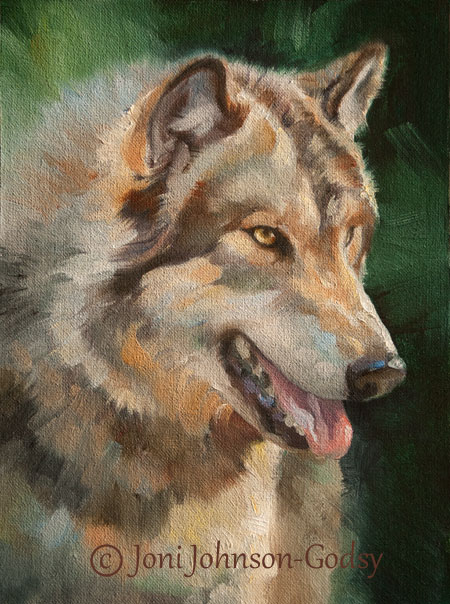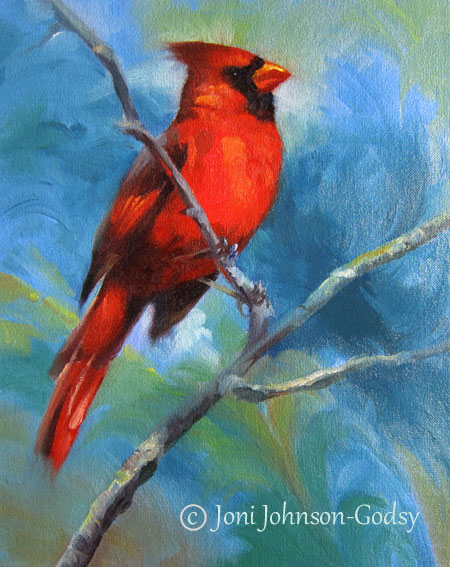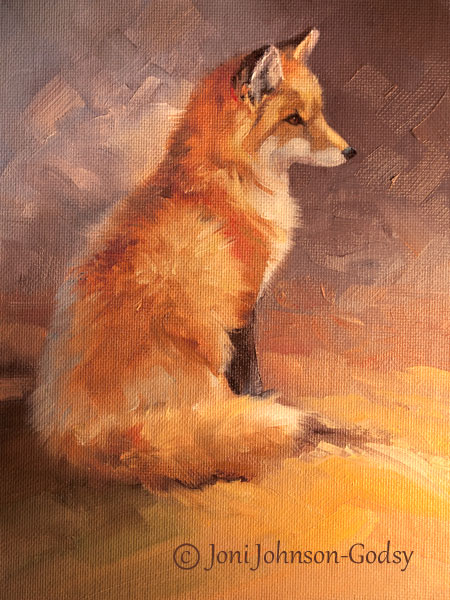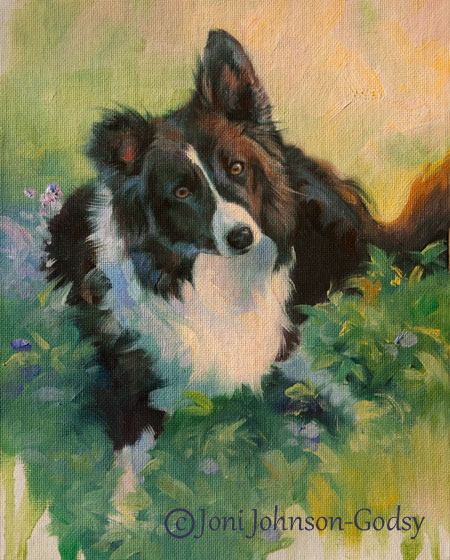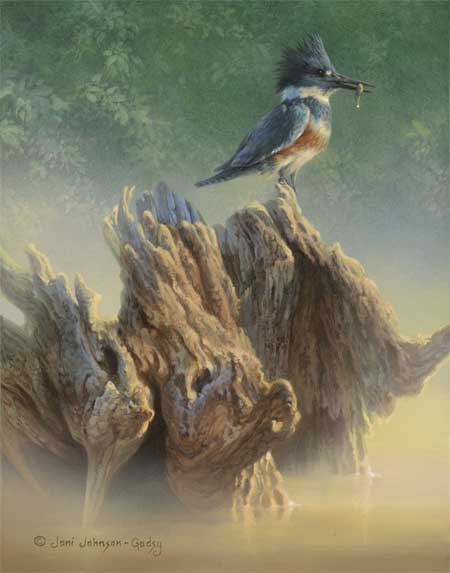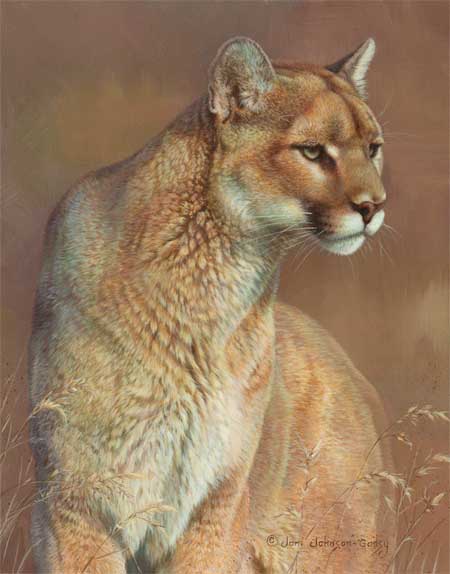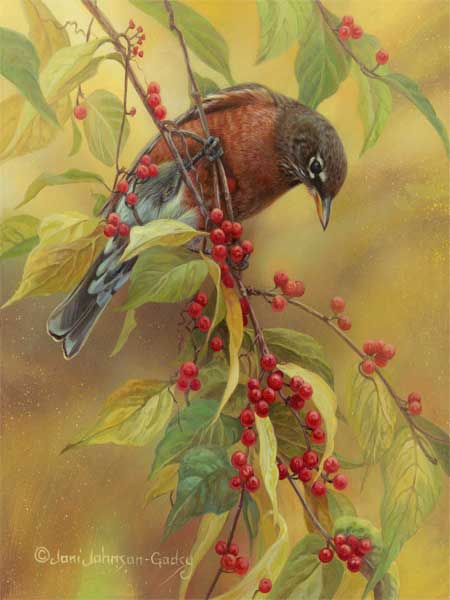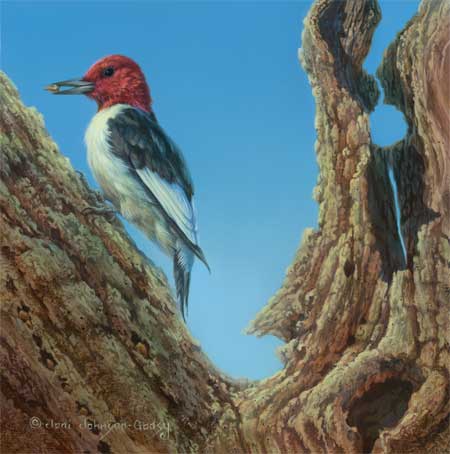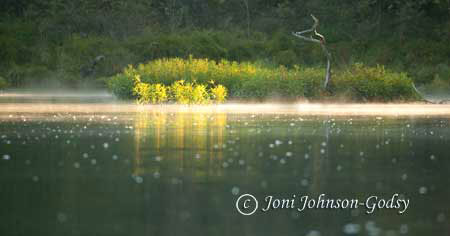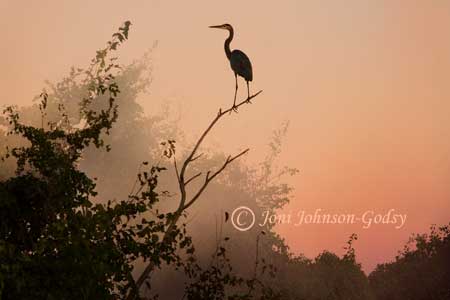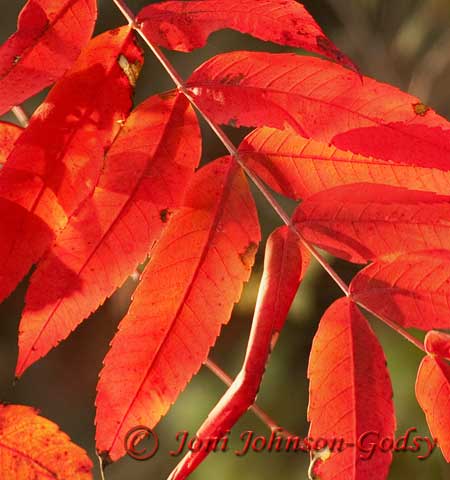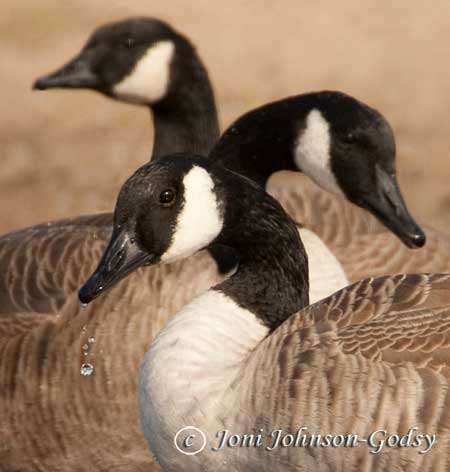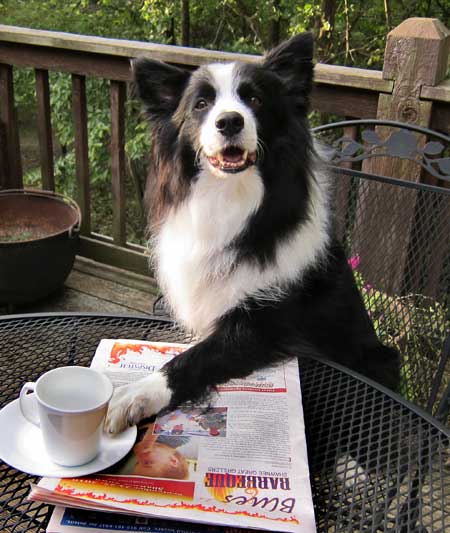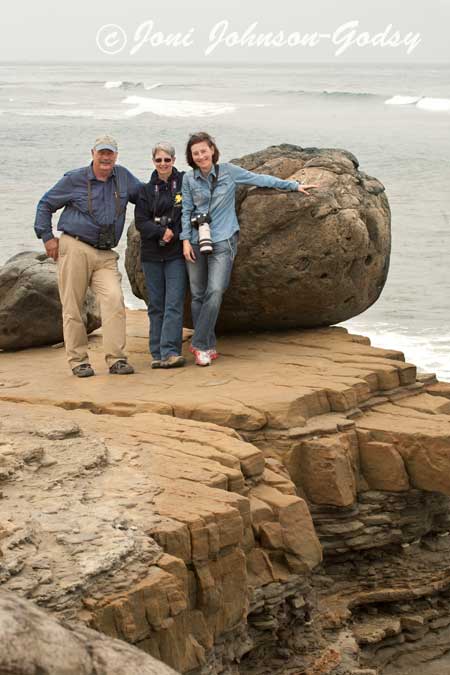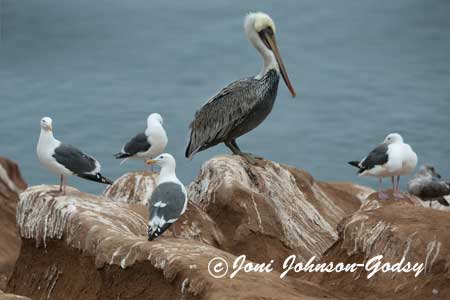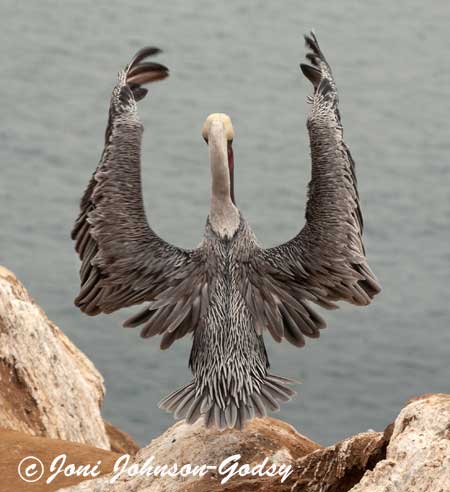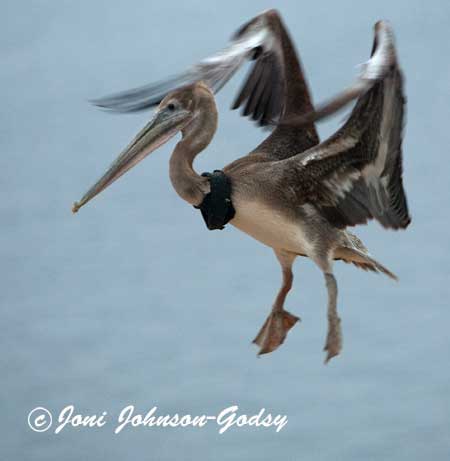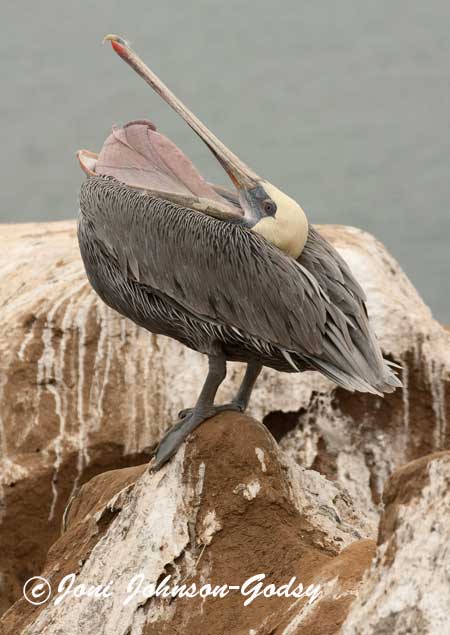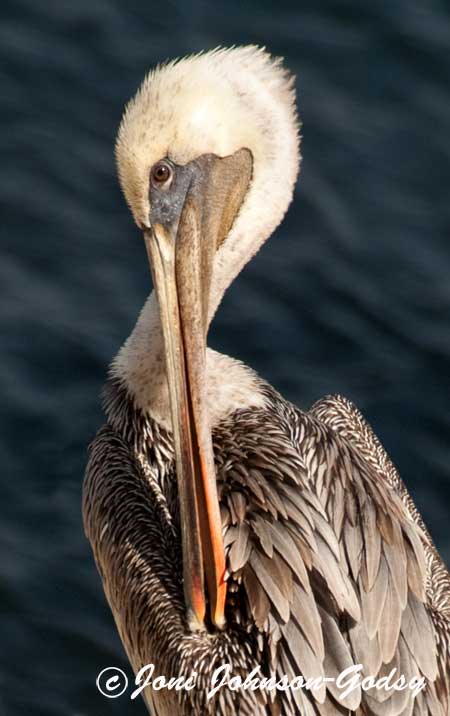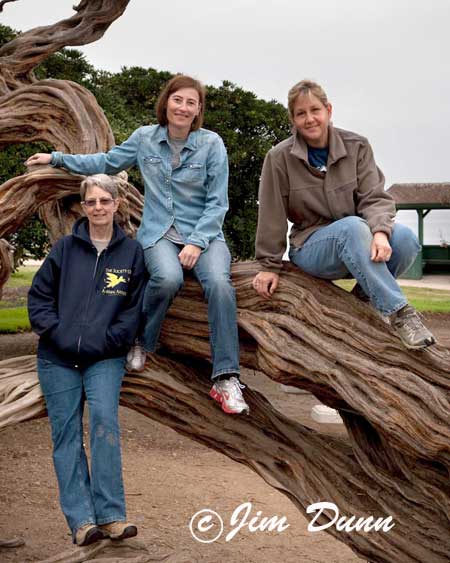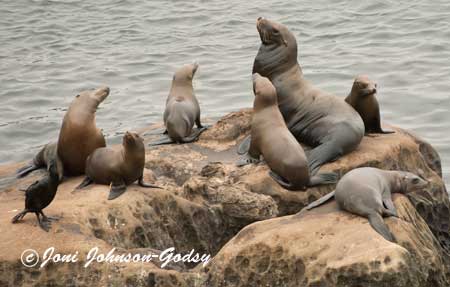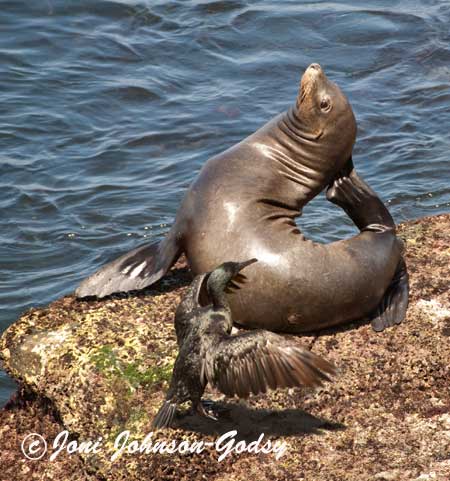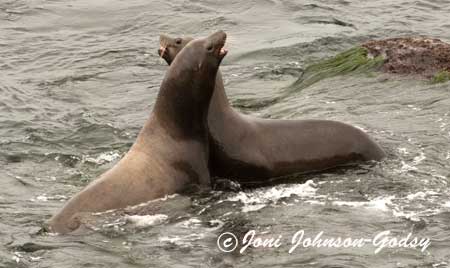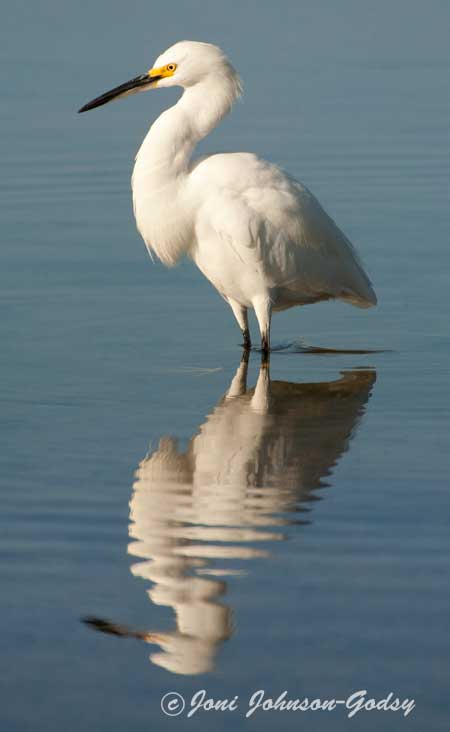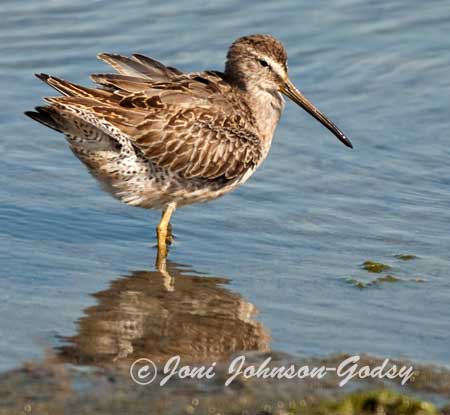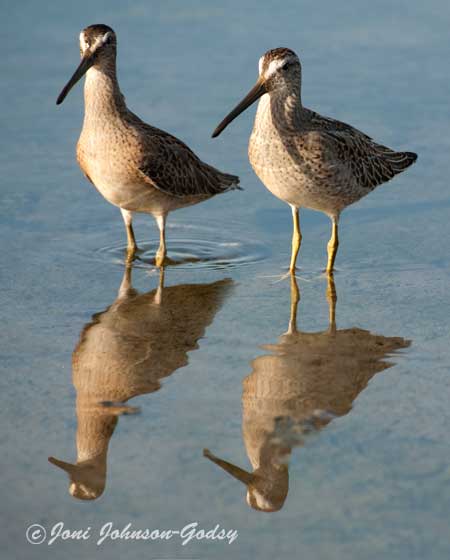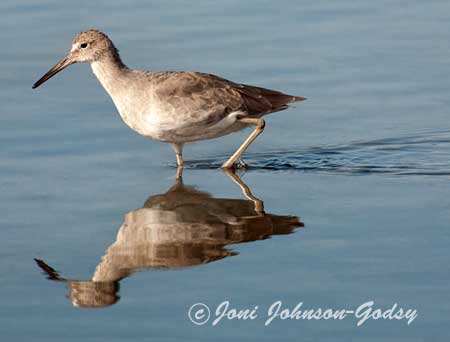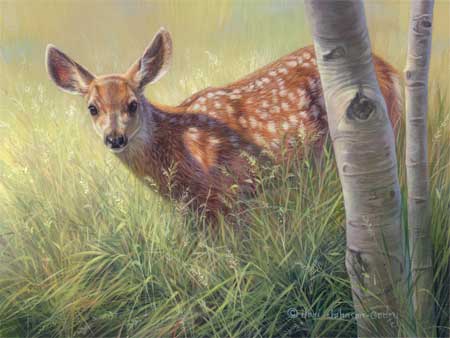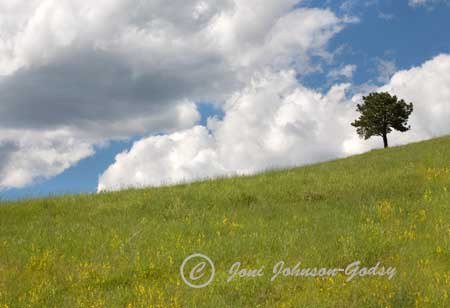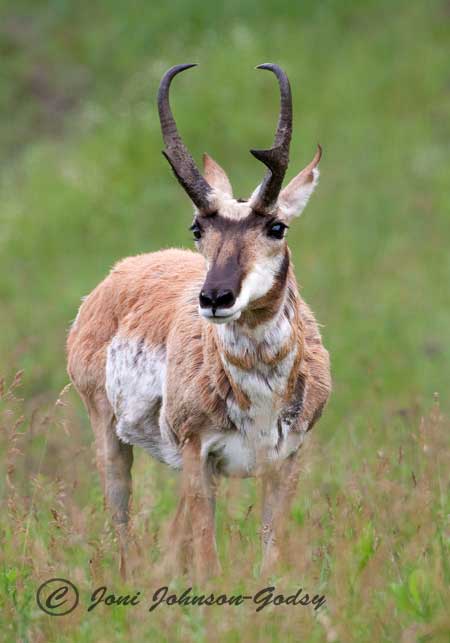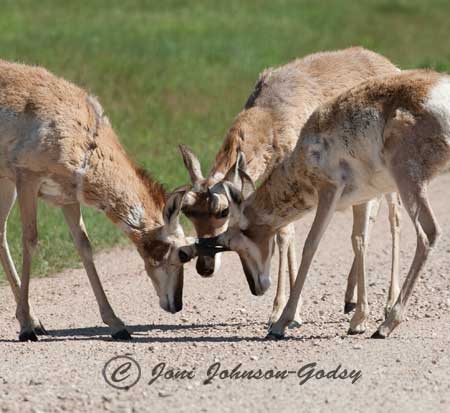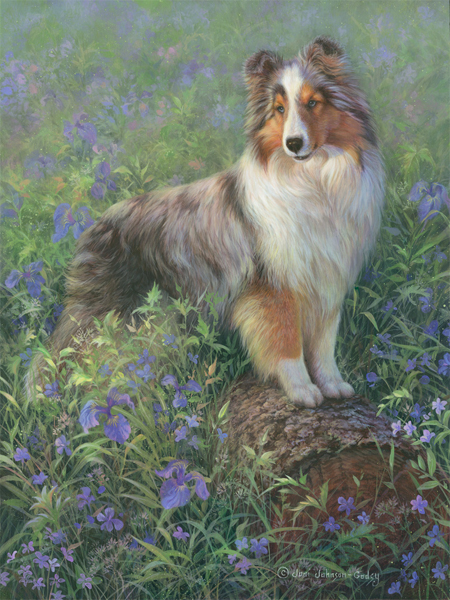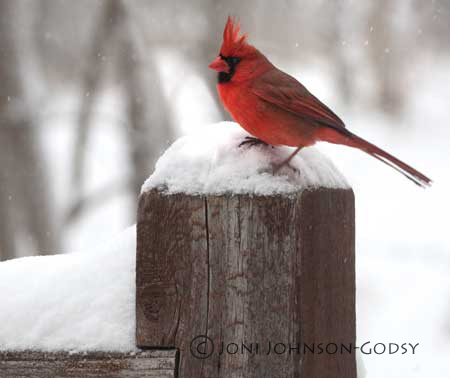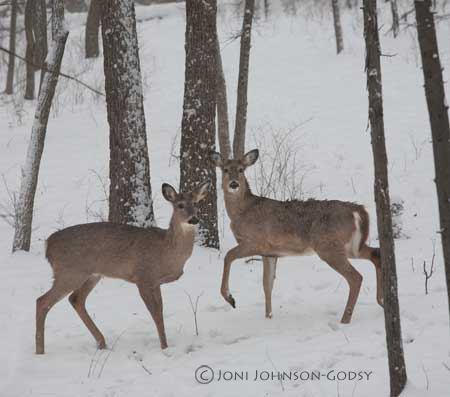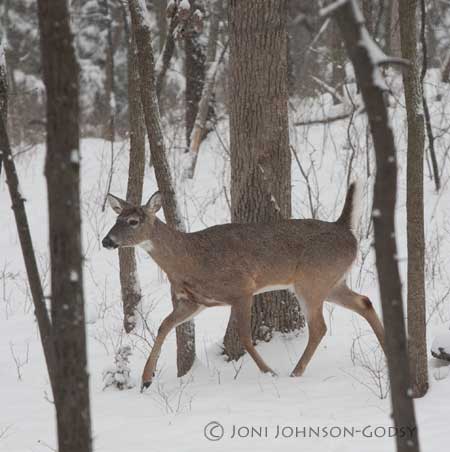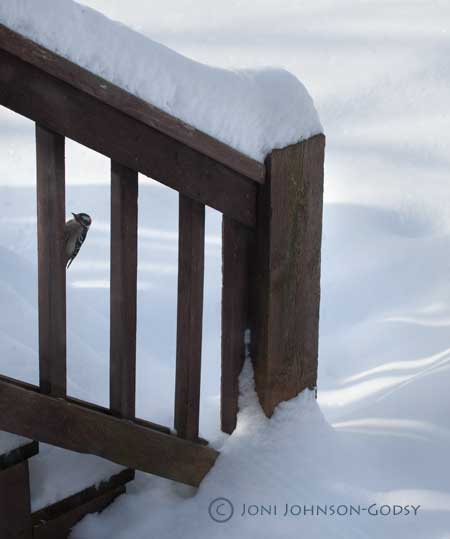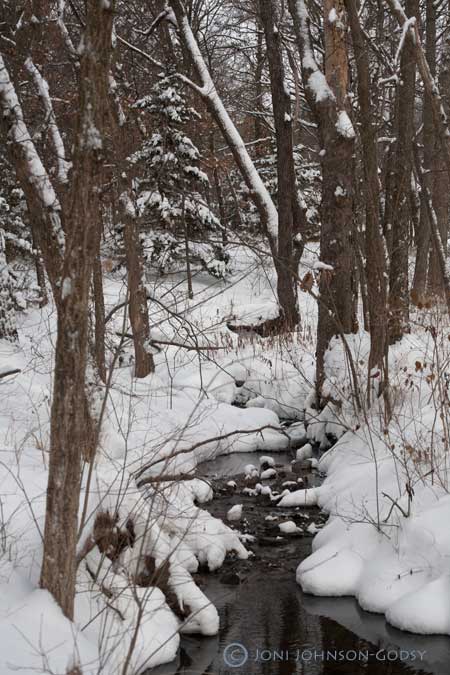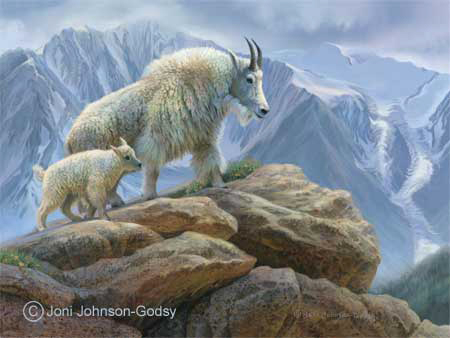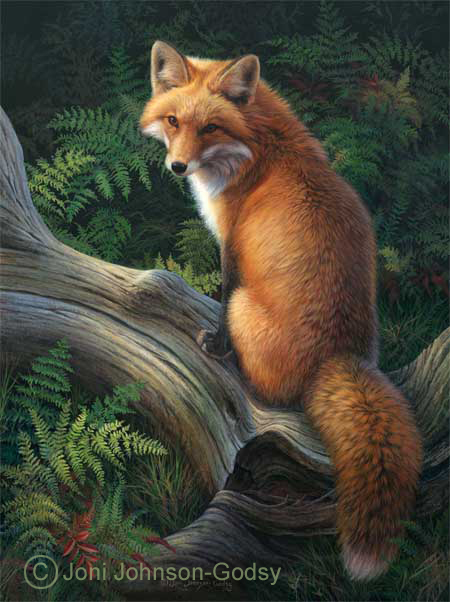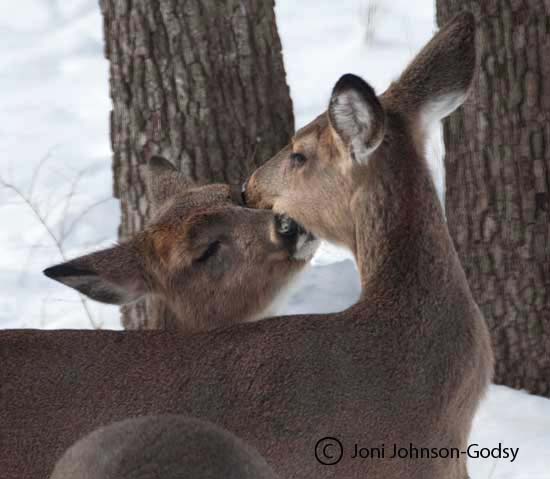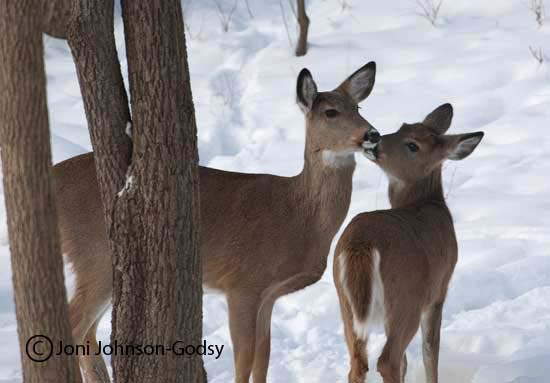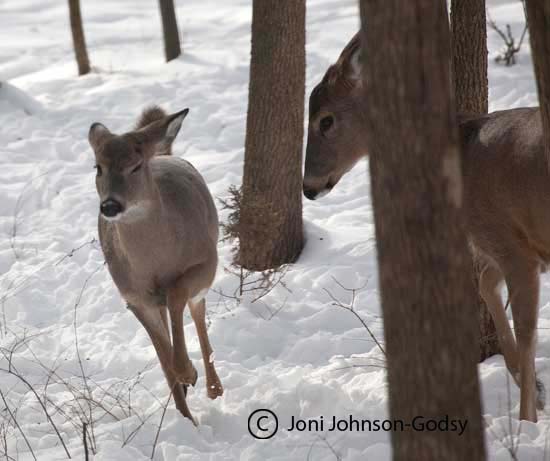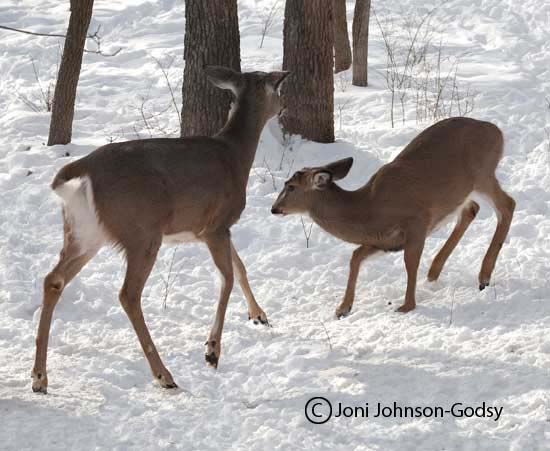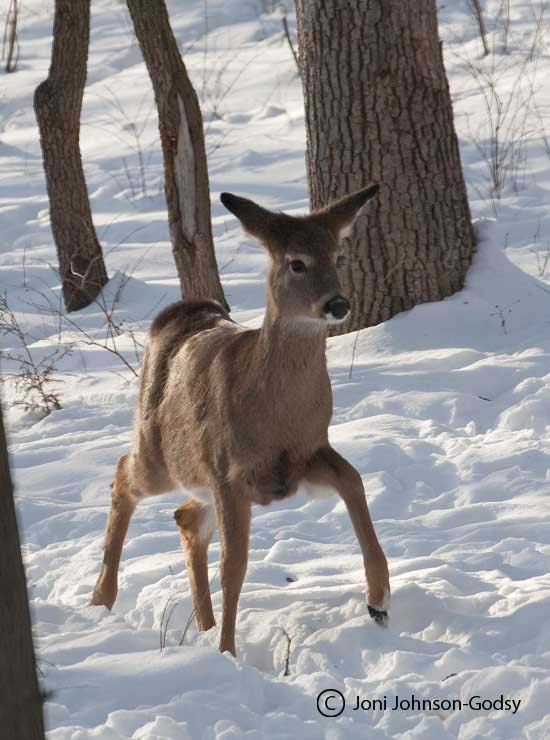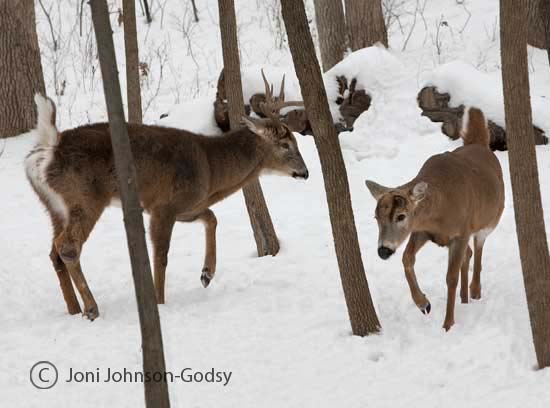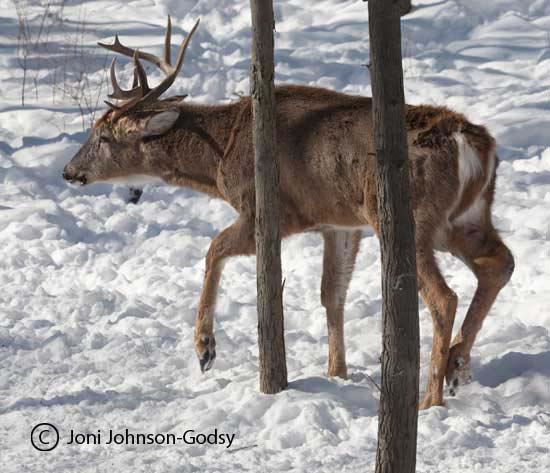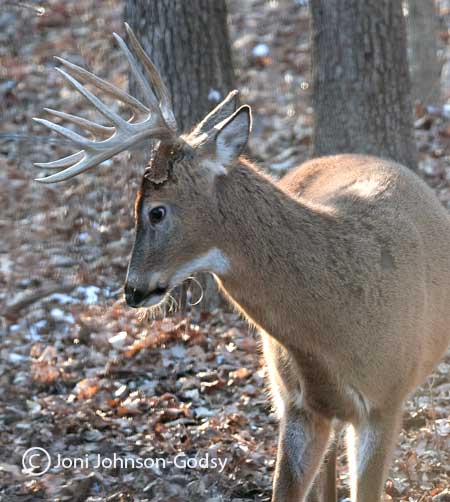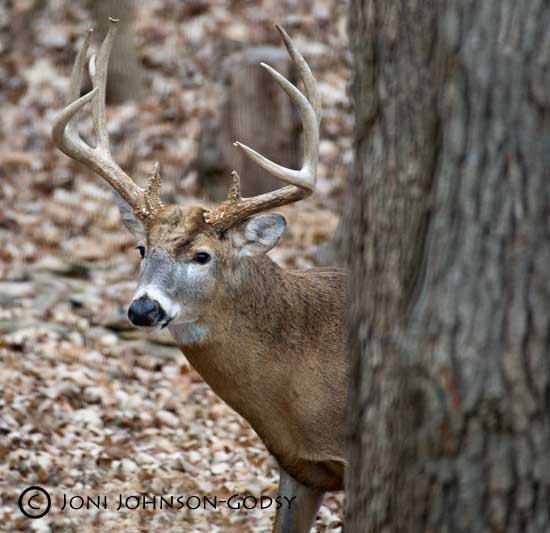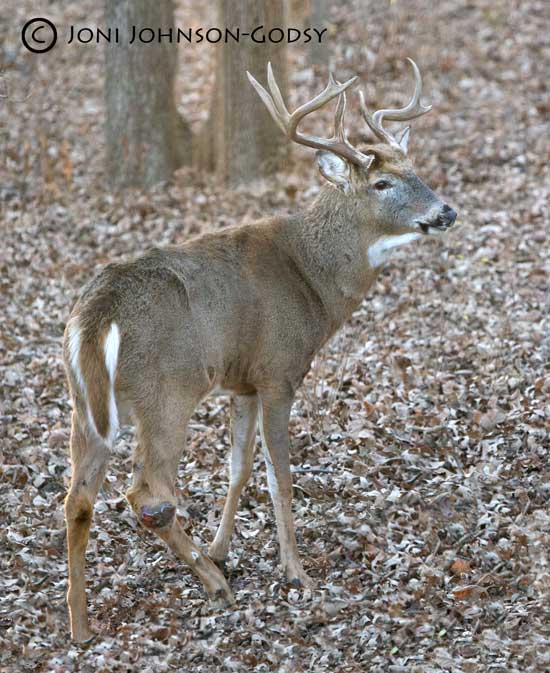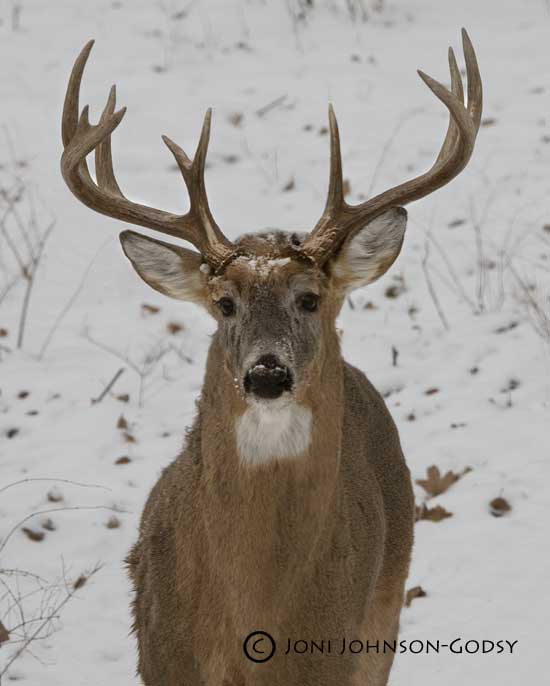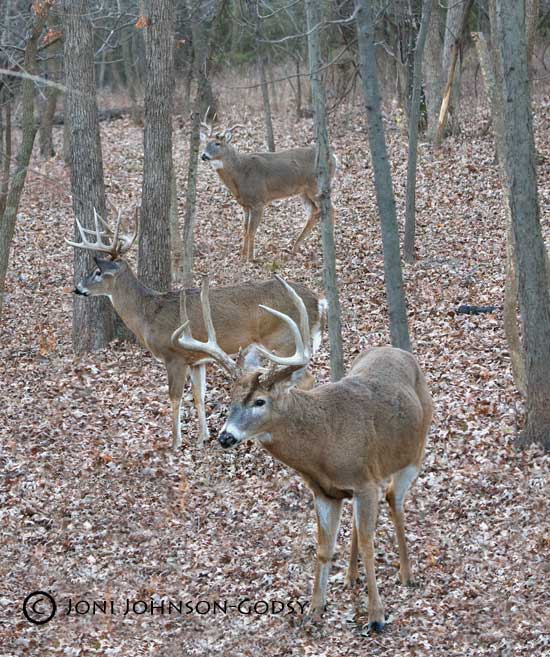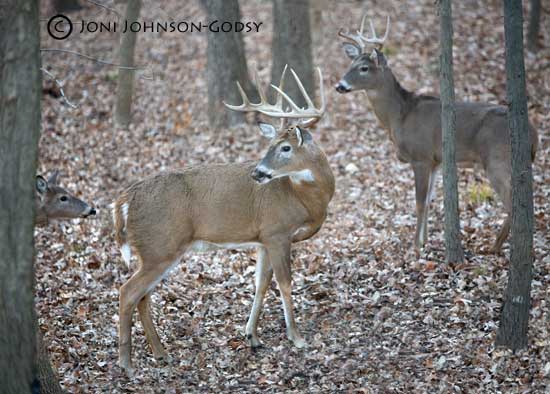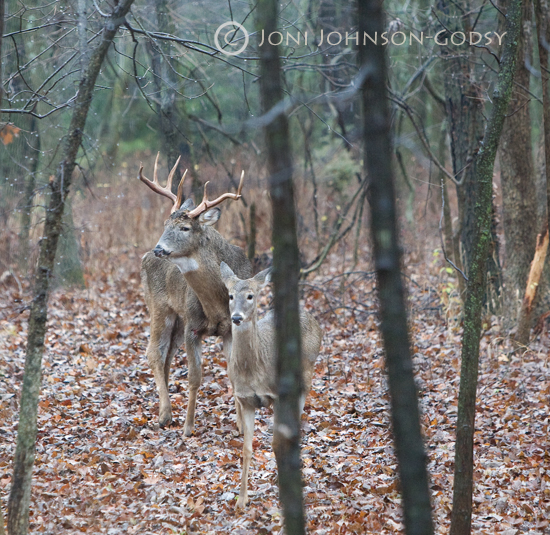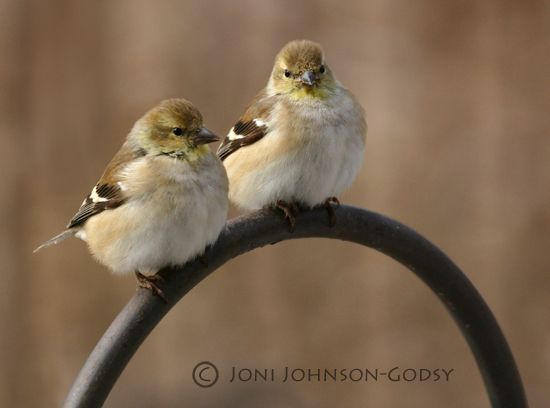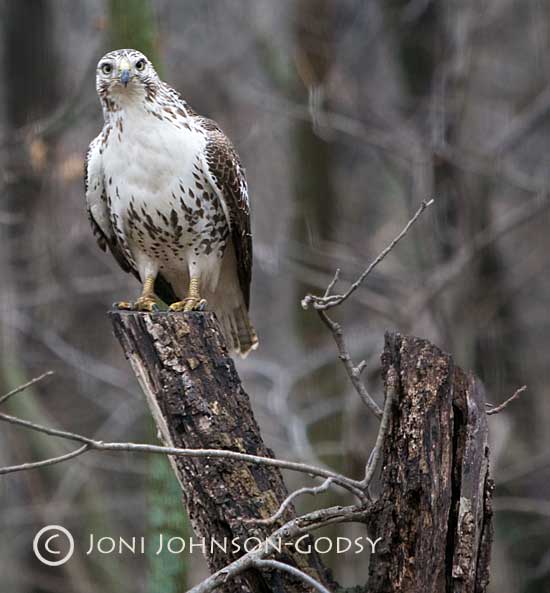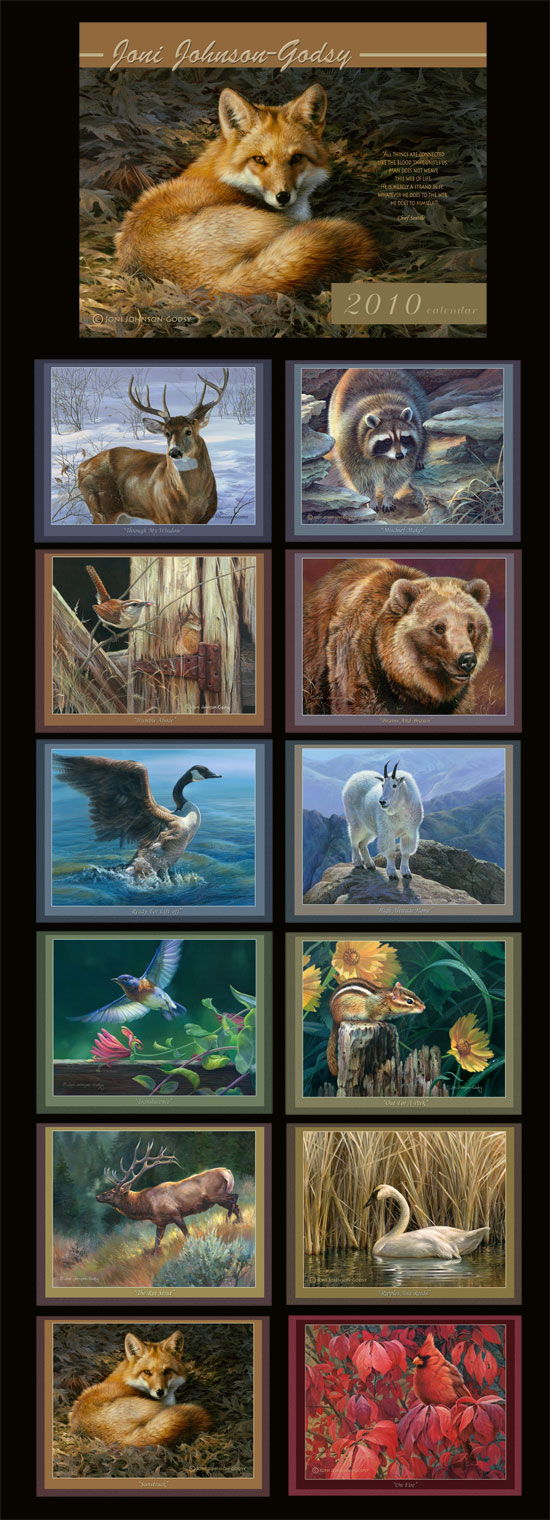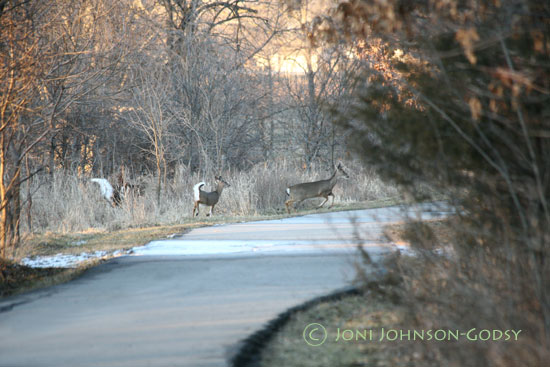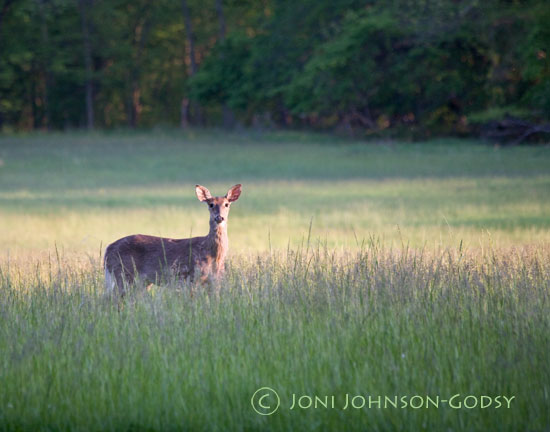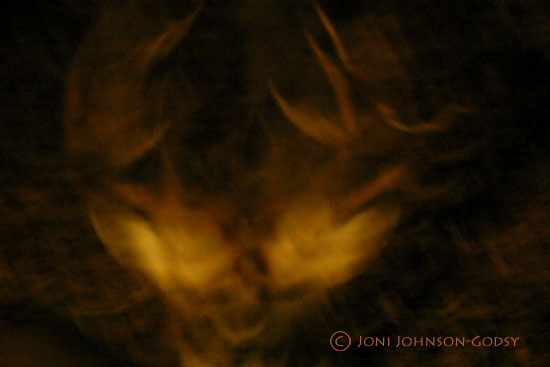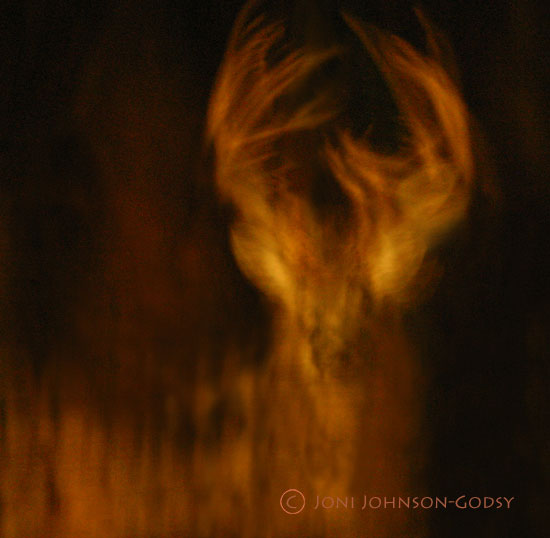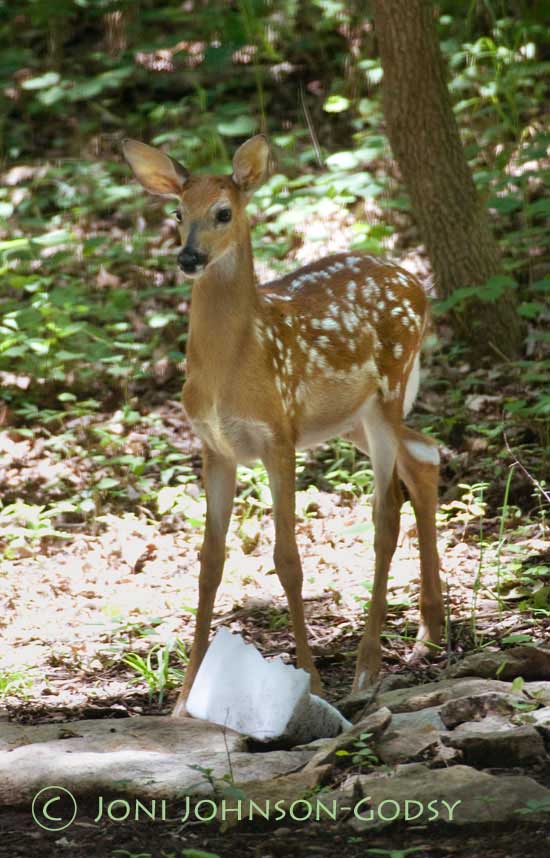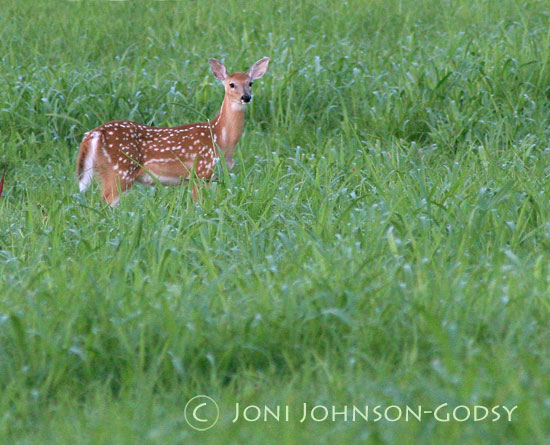A visit to the world famous San Diego Zoo proved to be more of an “adventure” than I was originally hoping for…
First thing in the morning, fellow wildlife artist Kelly Singleton and I ambitiously set out to find the Harpy Eagle exhibit. Neither one of us had ever seen one and we both really like raptors. Ever elusive in the wild, this rare bird turned out to be impossibly elusive to find in the ZOO!
Following the zoo “map”, we ended up in a crazy tangle of dense jungle vegetation, wandering aimlessly around in the gloom under the thick green canopy, completely surrounded by the one and only thing that we DIDN’T really care about seeing in the zoo…monkeys and apes.
After an hour and a half of schlepping up and down the incredibly steep hills of this part of the zoo only to find out we’d been walking in circles, we FINALLY found our way out of the darkness.
(Below) This escalator will take any poor unsuspecting sap up into “Monkey Hell”. We have nothing against monkeys mind you. But getting that lost in a zoo while your perfect morning light is fading is NOT so fun! And don’t count on zoo workers to help you find your way, as they don’t seem to know how to get out of there either!!!
I couldn’t resist creating this parody of our little “adventure”.
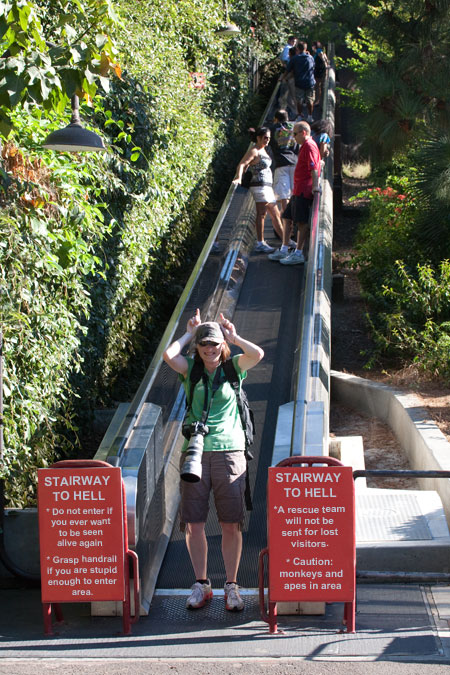
In the end, we did find the Harpy Eagle exhibit and it was not even close to where it was positioned on that crazy zoo “map”. It was on “Eagle Drive”………Imagine that…
The Harpy Eagle indeed had the last laugh. He/she was hidden by the vegetation inside the exhibit. We felt lucky to get a glimpse of some tail feathers. We worked HARD to see that eagles a…s!
(Below) Kelly cops an attitude towards the beautiful bird species that made our morning so “eventful” How many birds can you count in this photo?
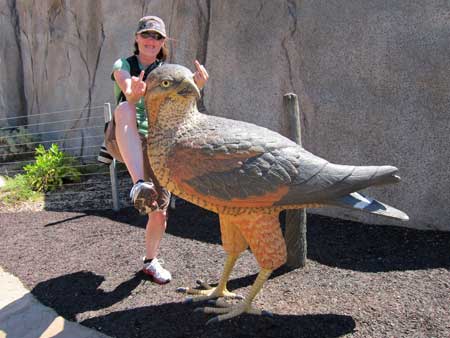
OK, on to more serious things…
There are very few people in this country over the age of about 35 who have not at least heard of the plight of the California Condor. This huge raptor became the “poster child” for our environmental mistakes of the past and is partially responsible for the eventual turn-around of mindset in modern North America.
Thanks solely to the tireless effort of a small handful of biologists who have devoted their lives to correct these mistakes, the California Condor still exists and is actually growing in numbers…albeit slowly. Only a couple of short decades ago, there were less than two dozen of these birds left on the planet. Although often thought of as a corny Eco-phrase….. extinction really is… forever.
Very little was known about this species when humans finally realized that his extinction seemed eminent. More had to be learned about the habits and breeding of Condors without risking these precious few birds left. A decision was made to capture every wild California Condor and hold them all for safe keeping at three different zoological facilities, the San Diego Zoo, the SD Wild Animal Park and the Los Angeles Zoo. The population was deliberately split into thirds and kept apart from each other in the event that a disease would accidentally slip in. This way biologists could be more certain that the entire population was not totally wiped out.
(Below) A California Condor (still not free from the threat of extinction). This species now glides free in the skies of California and Arizona as it should be. Unfortunately these birds are still being shot by short-sighted “Ya-hoos” who think that they are ugly and unnecessary. I wonder what the Condor thinks of us???
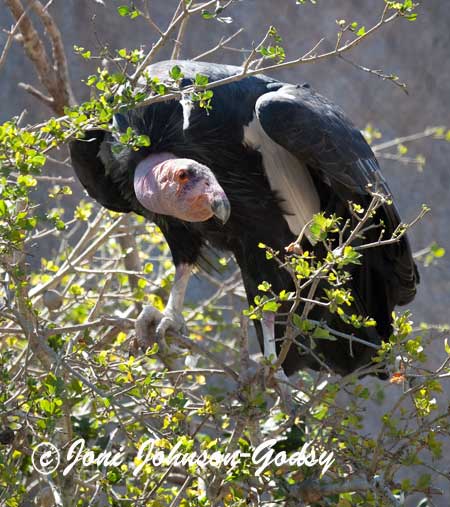
Enter: The Andean Condor (below), the only other condor species in the world, which thankfully was slightly more abundant and at the time seemed a good candidate for study. Biologists spent the next number of years working with the Andean Condor (originating from South America) in captive breeding programs. Much was learned about successful egg hatching and the rearing of chicks that could one day be released into the wild. This unlikely hero not only gave insight into it’s own future success, but also was instrumental in the saving of another species.
(Below) An immature Andean Condor takes part in a “Free-flight” show at the San Diego Wild Animal Park. For many people, their heroes reside mostly in the entertainment world, (musicians, athletes and movie “stars”). For me, when this pretty fellow took the stage with his out-stretched wing span matching the width of a grand piano, my heart started pounding faster. It was like Elton John himself had emerged on stage to tickle the ivories through a famous song. Fellow bird lovers would understand this…
Thanks to the hard work of biologists and the stunning Andean Condor, the California Condor now has a brighter future.
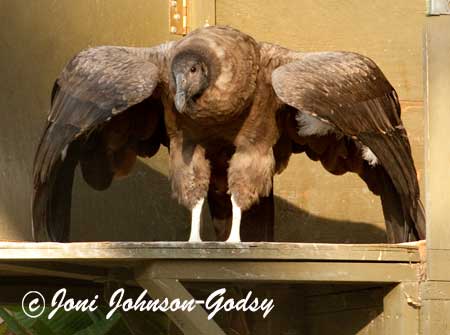
There are many other less “famous” residents at the San Diego Zoo and Wild Animal Park, this one being a male Eurasian Eagle Owl. This fellow was part of the best “Free-flight” bird show I’ve ever seen. Owls are defined by their eyes, and this fellow is no exception…
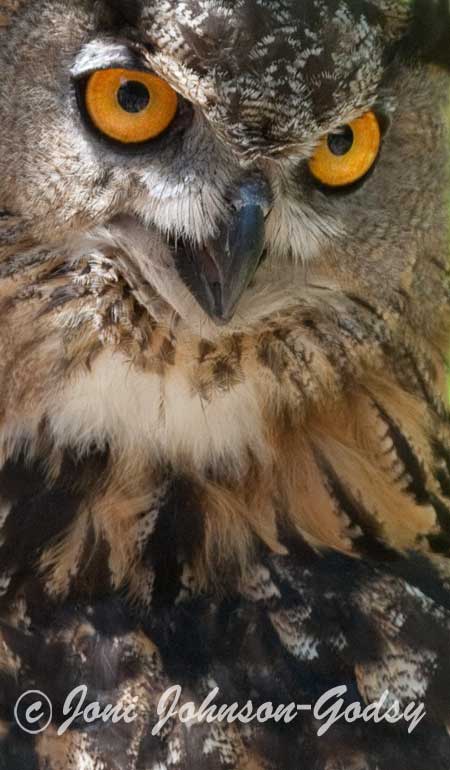
The symbol of wisdom and darkness as reflected in the soul…
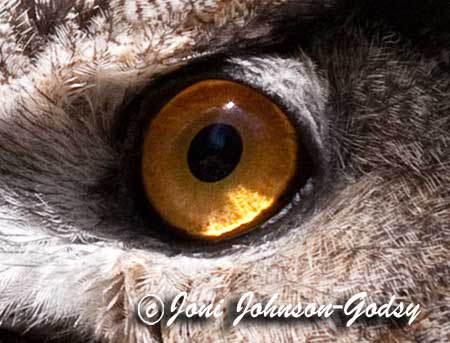
(Below) One cannot help but wonder what in the world Mother Nature was thinking when she came up with this character. This is a Shoebill Stork. Wild populations now number between 5000 and 8000 individuals and live primarily in Sudan. This species is considered as “threatened” in the wild. Ancient Egyptians included these birds in their visual stories.
This chap was incredibly charming. The more I watched him the more I fell in love. It’s hard to not get a chuckle out of someone who is this comical looking yet at the same time takes himself so seriously. He had the trademark quiet, intense, stalking habit so often seen in herons and storks. But with that big, silly face looking down at them I could almost hear the frogs and fish laughing.
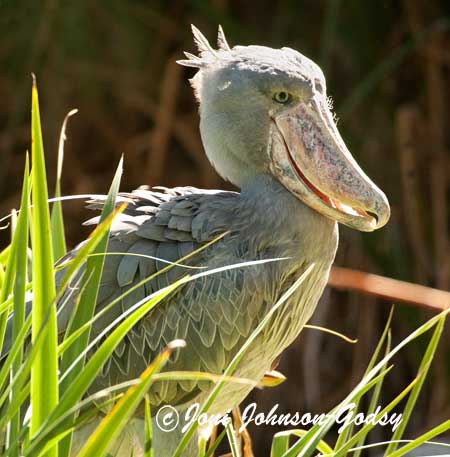
Of course there are many, many species of mammals in the San Diego Zoo. But you all already know what lions, tigers and bears (oh my!) look like so I chose to show off some of the more unusual residents. However… one cannot overlook this silly chap. He is of course, a meerkat. Disney made this fellow famous. There are very few children who don’t know all about him, at least the Disney rendition of him! 🙂
